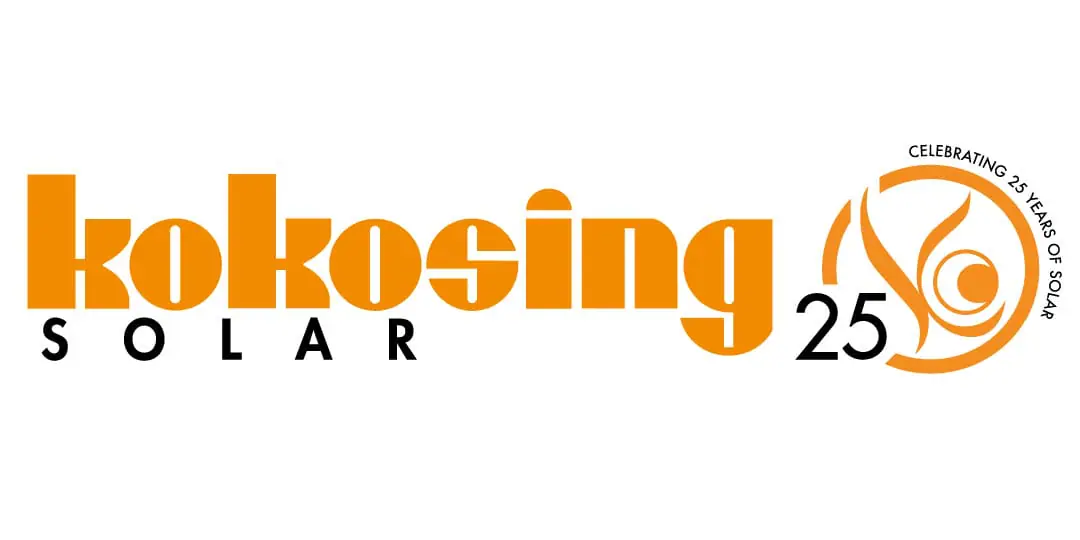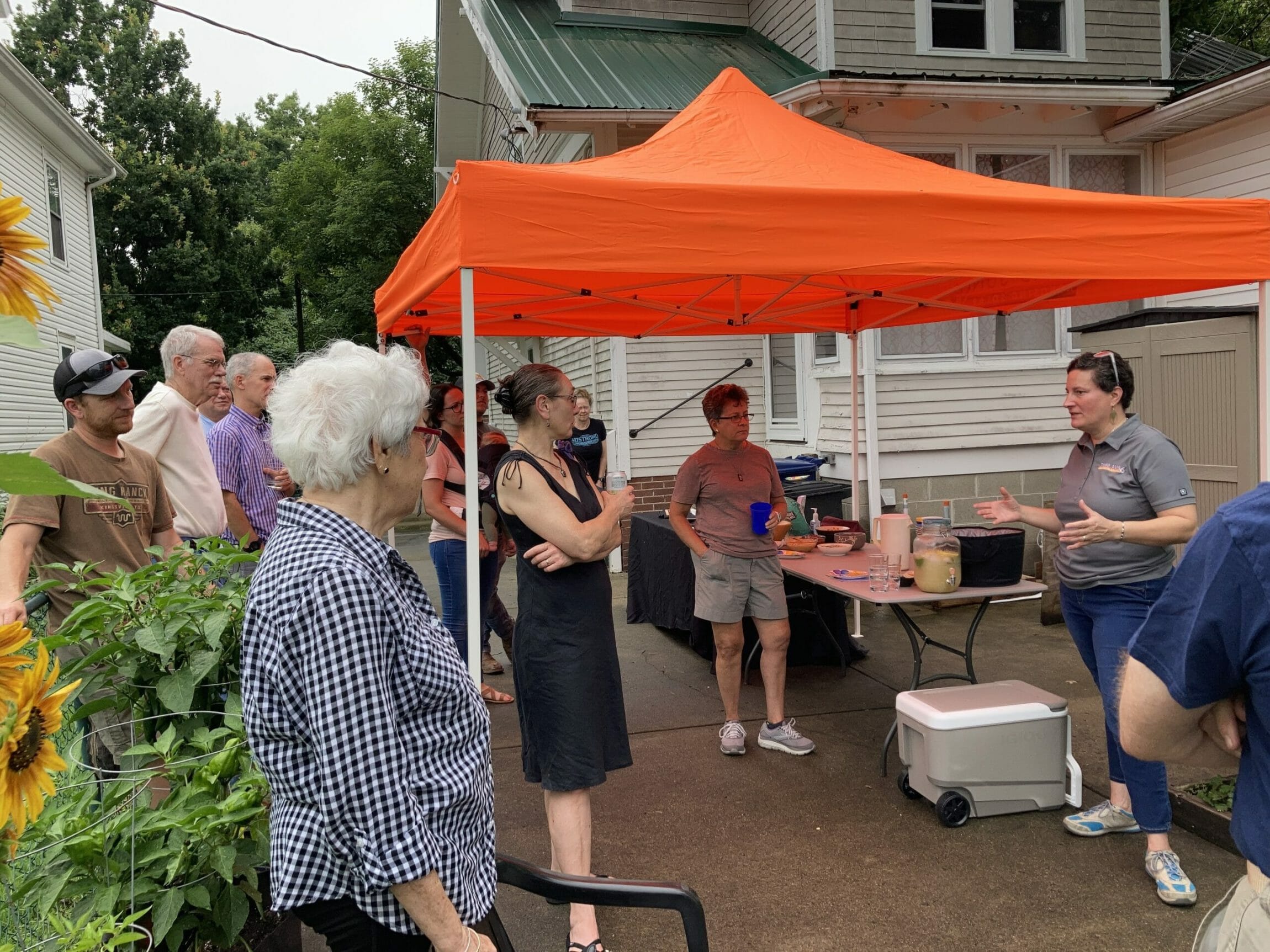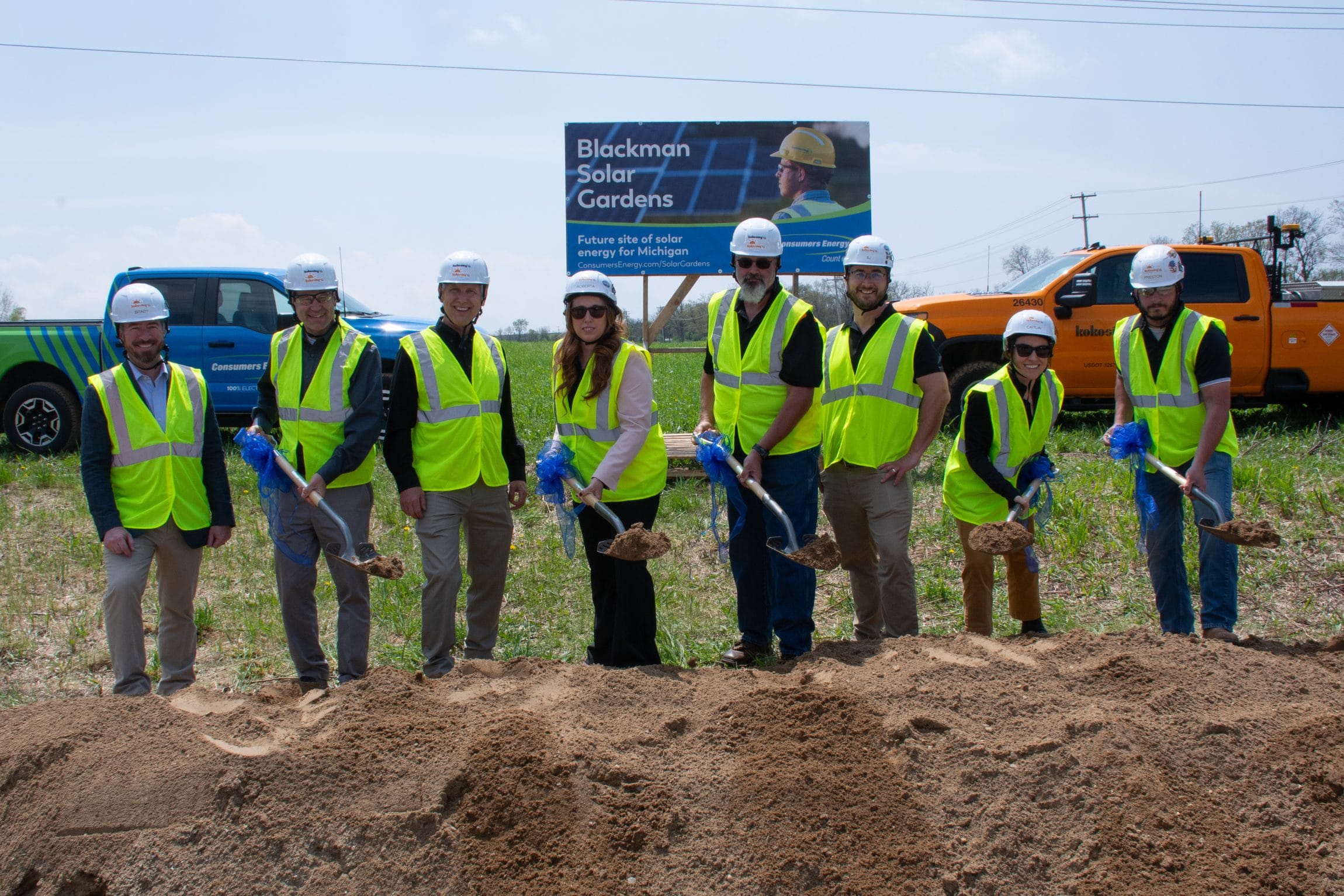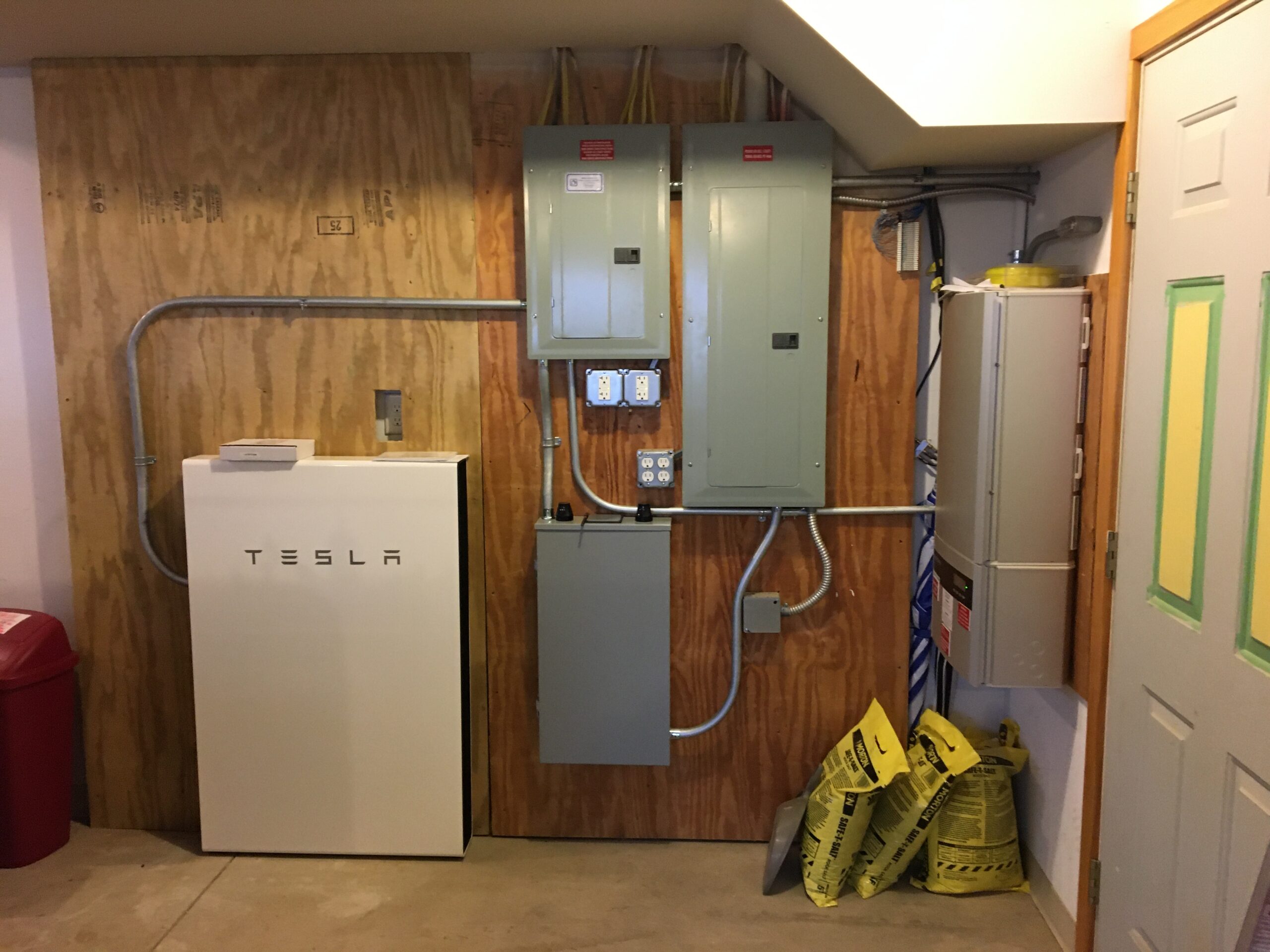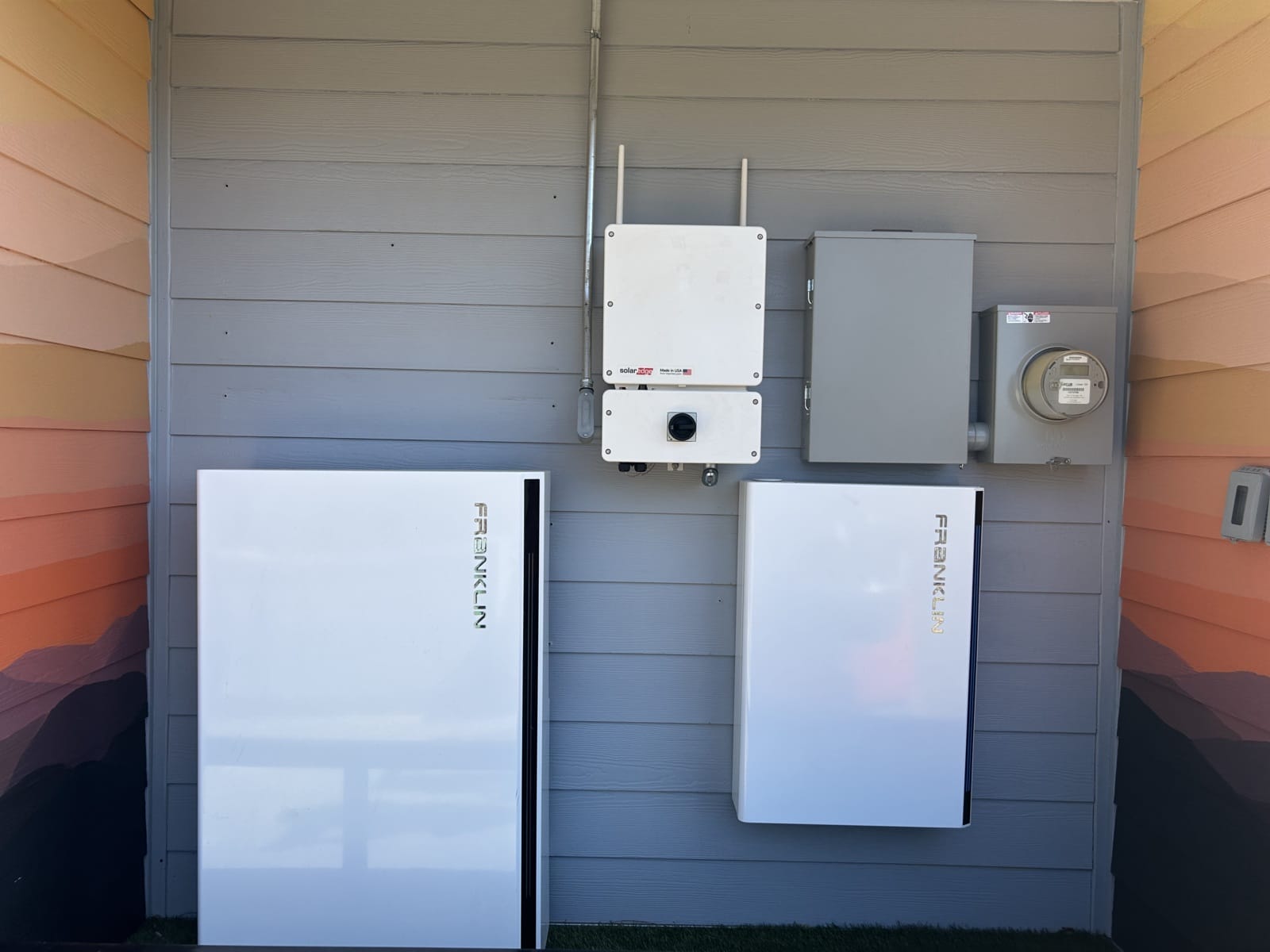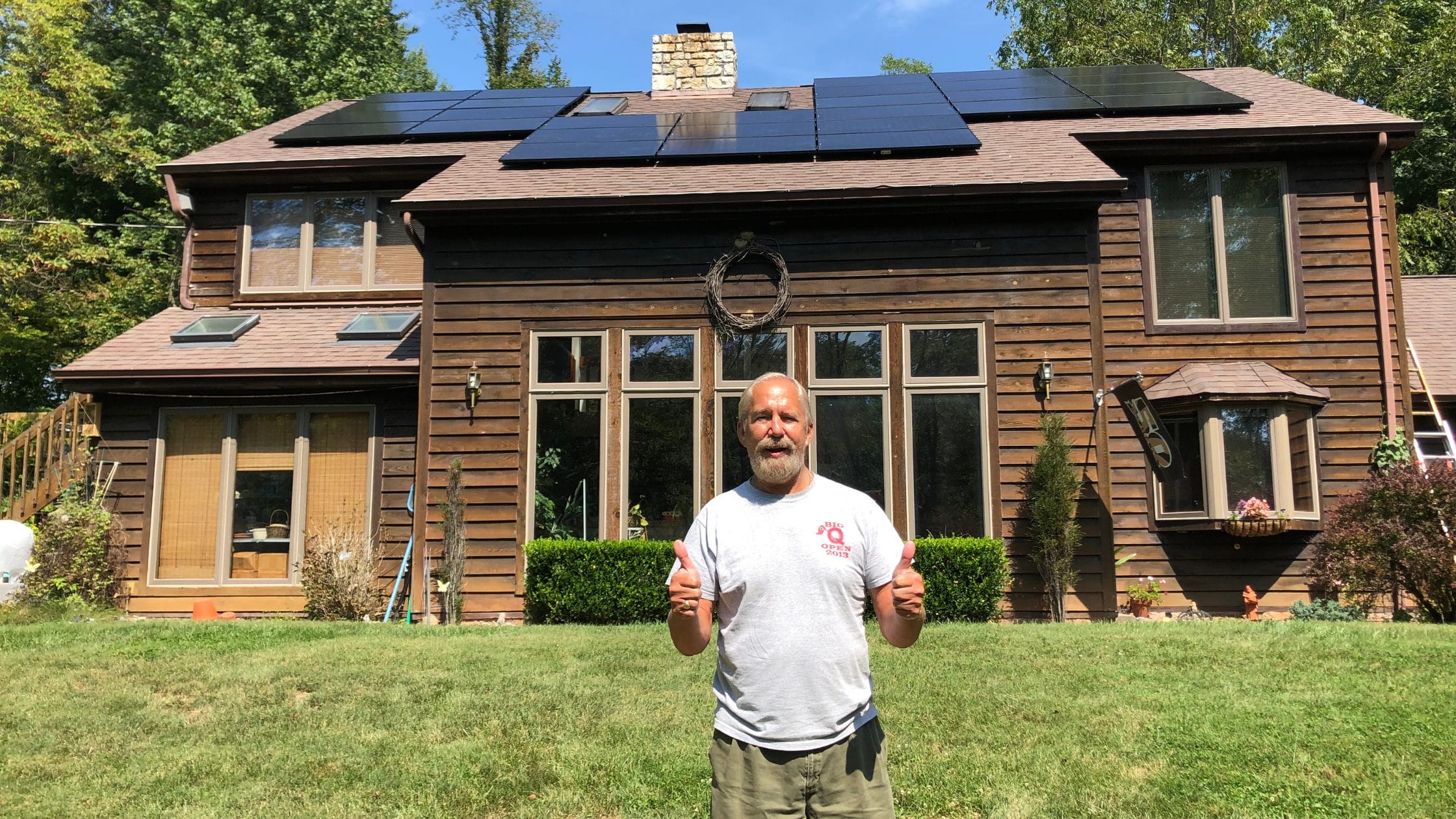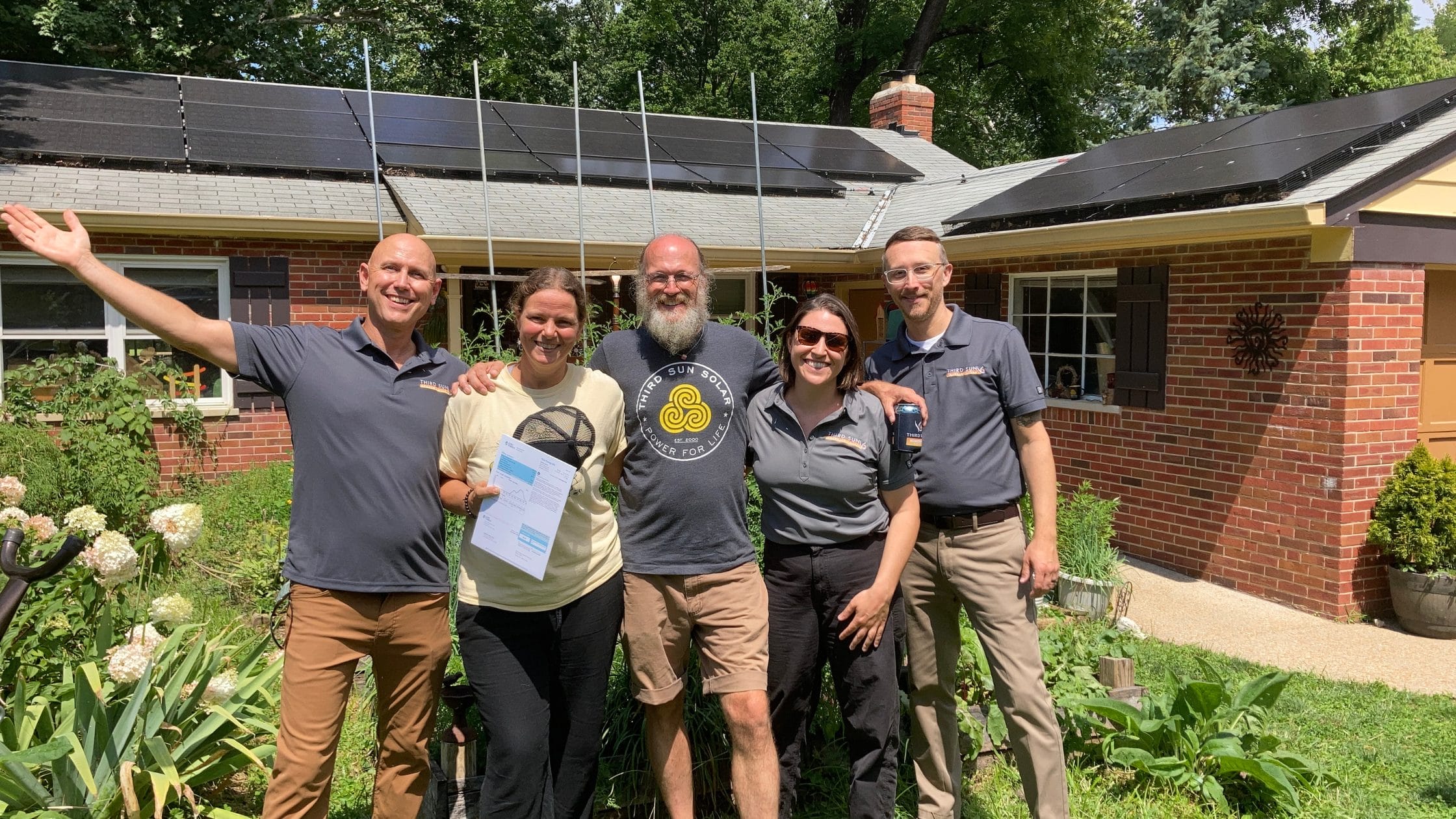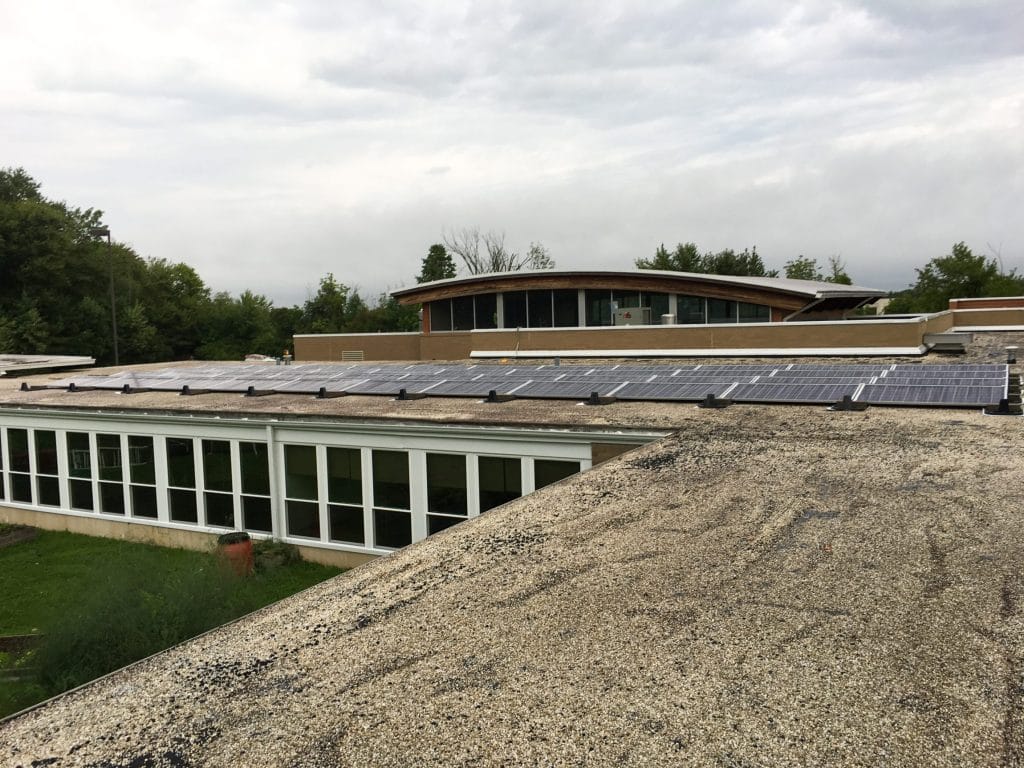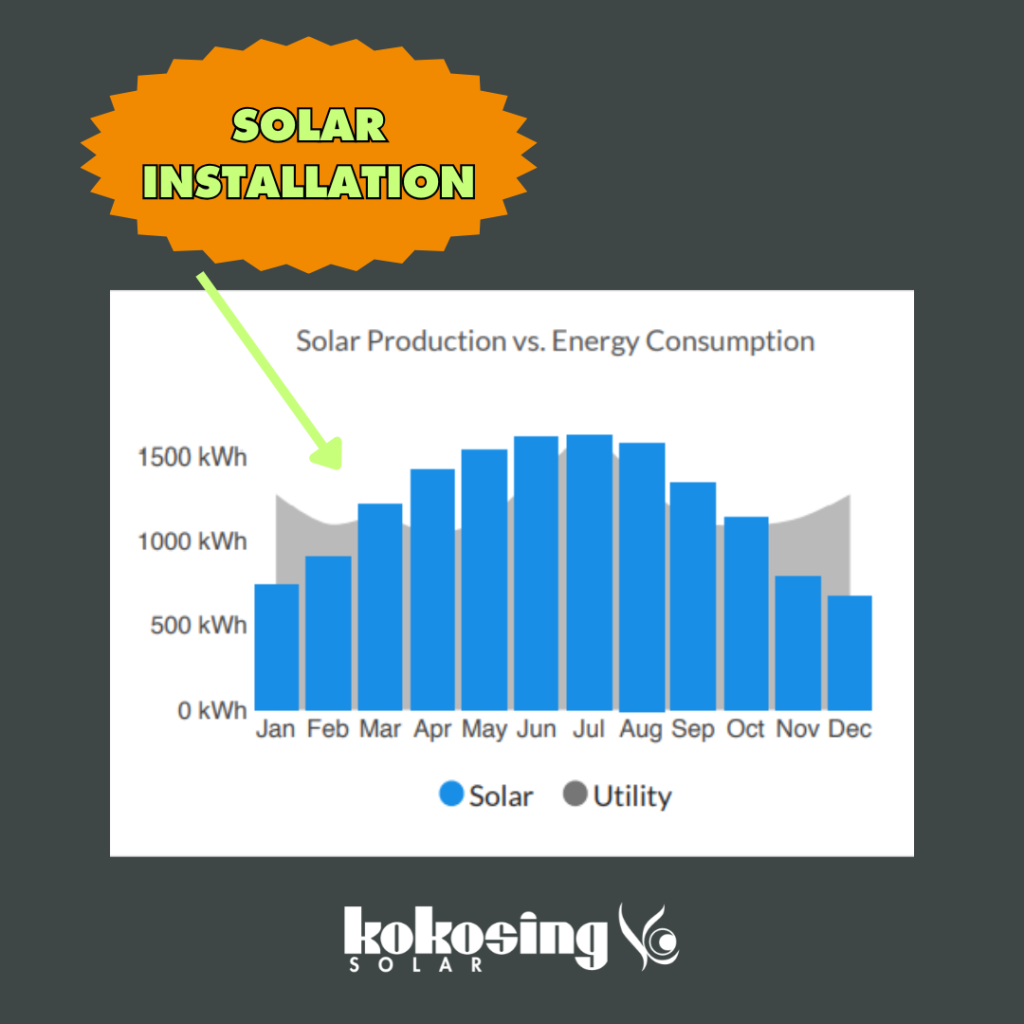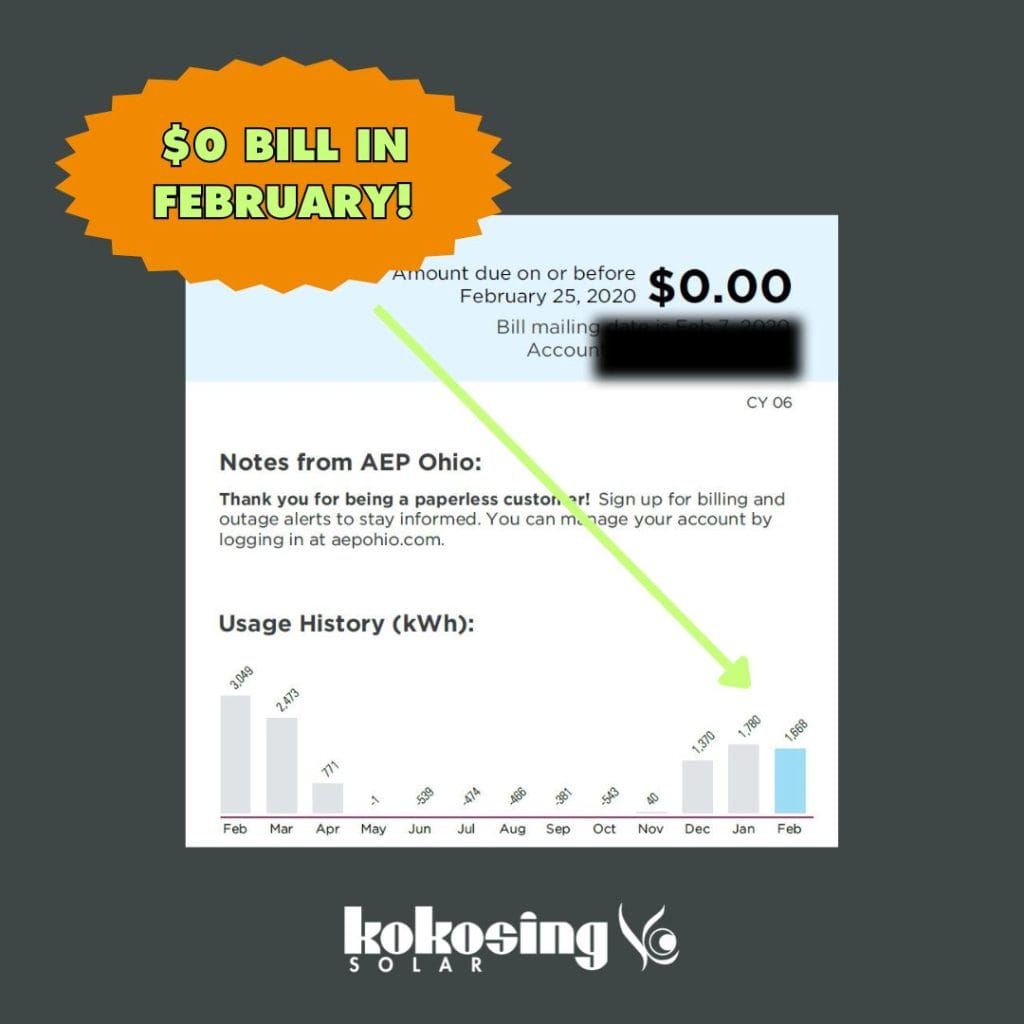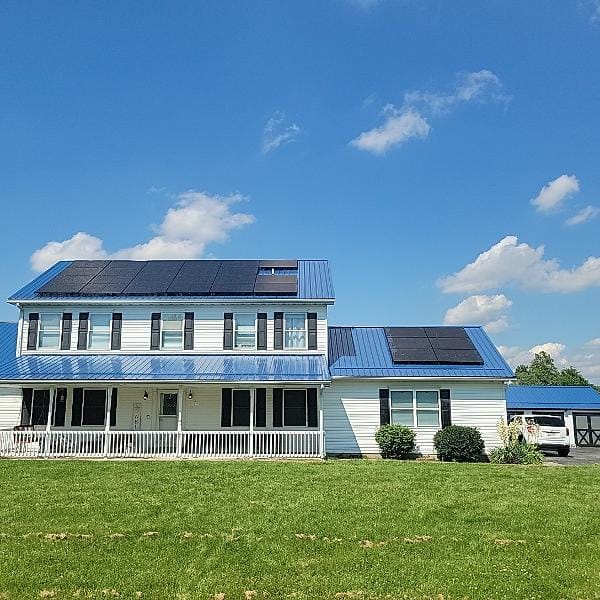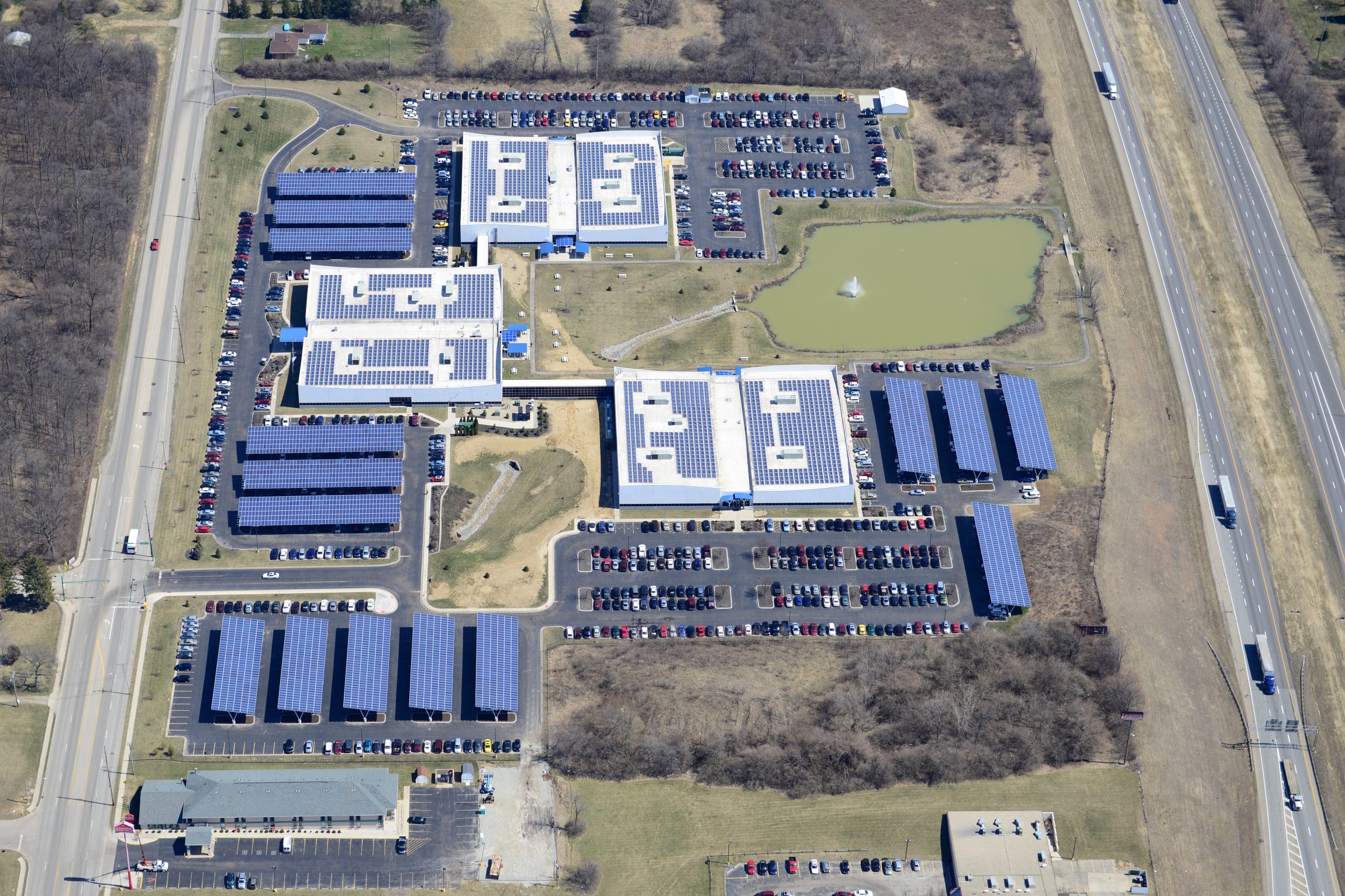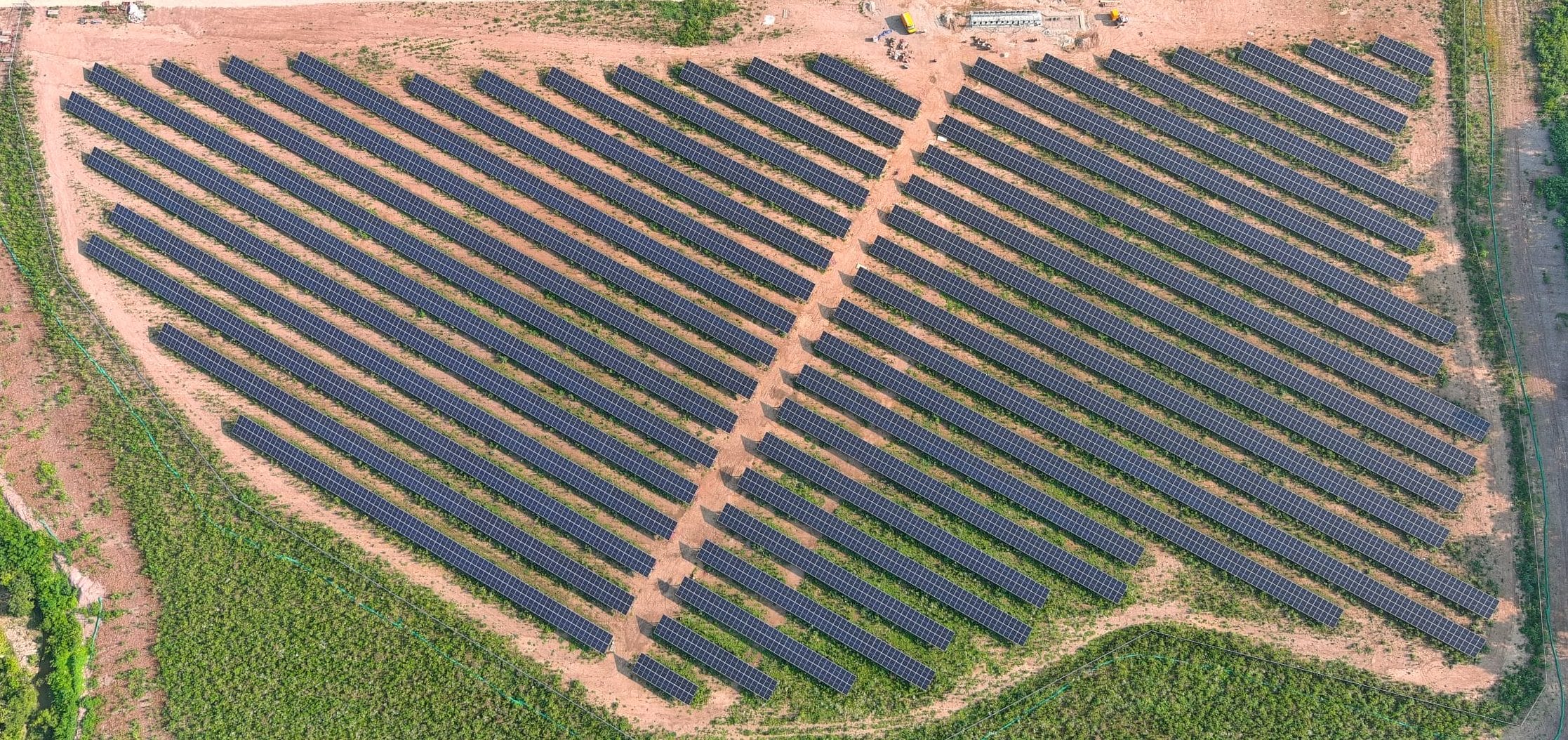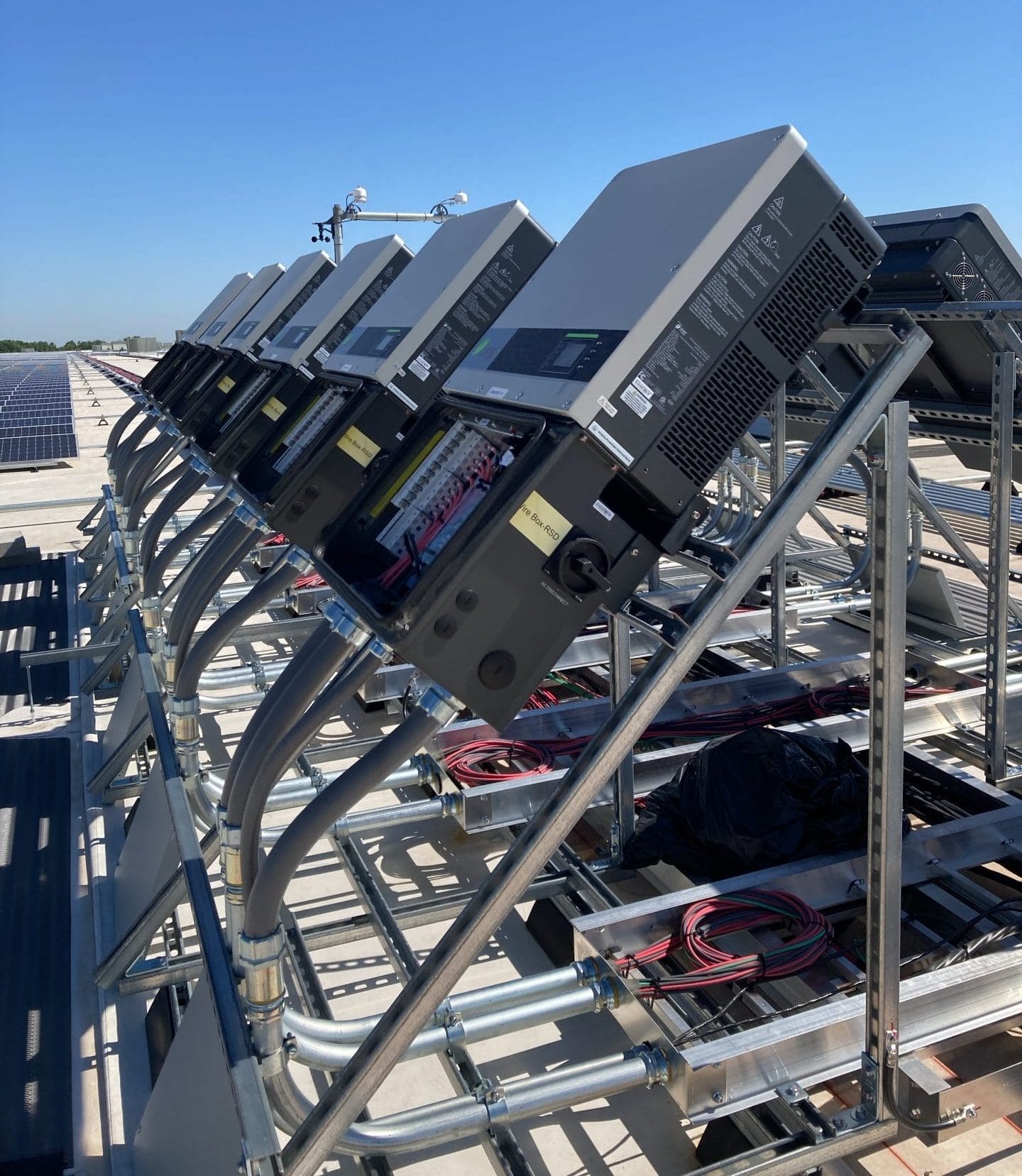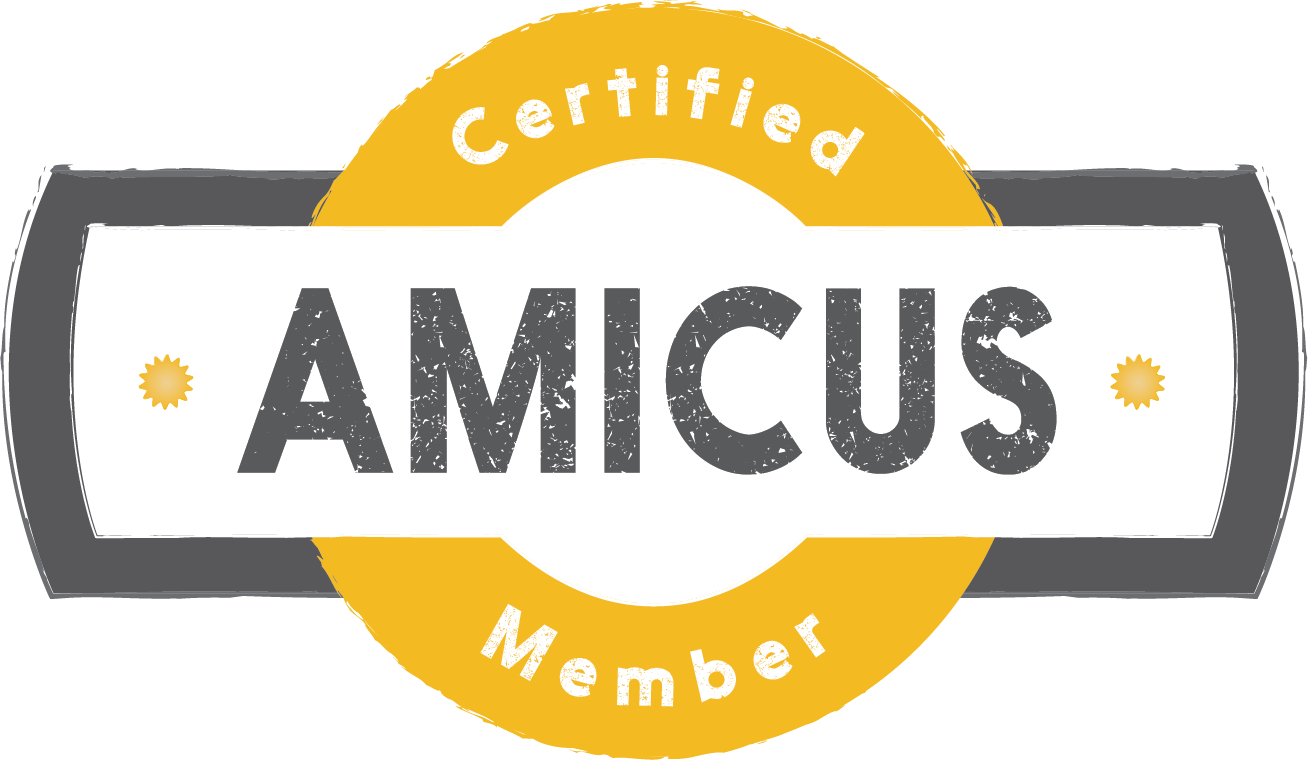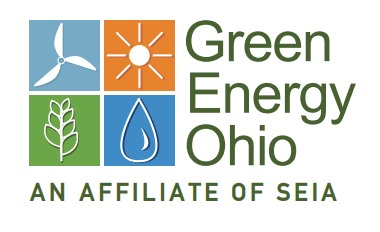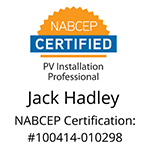One of the most compelling financial benefits of residential solar energy is the Federal Solar Investment Tax Credit (ITC). For years, this incentive has helped homeowners reduce upfront costs and accelerate their return on investment. But now, as political priorities shift in Washington, many are asking: Why is the residential federal solar tax credit at risk?
In this article, we’ll break down “Why Is the Residential Federal Solar Tax Credit at Risk?”, how the ITC works, the impact it’s had on homeowners, why it’s now under scrutiny, and what you can do if you’re considering going solar in 2025.
What is the Residential Solar Investment Tax Credit?
The Residential Solar Investment Tax Credit (ITC)—also known simply as the solar tax credit—allows homeowners to deduct 30% of the cost of a solar energy system from their federal taxes owed. This includes solar panels and solar energy storage systems (batteries).
Here’s how it works in practice: if your solar installation costs $25,000, you could claim $7,500 in tax savings through the ITC, provided you have sufficient tax liability.
To qualify for the credit:
- You must own (not lease) your solar energy system.
- The system must be installed on your U.S. residence.
- You must owe federal taxes (the credit offsets what you owe, it’s not a refund or rebate).
There is no cap on the amount you can claim. Whether your system costs $15,000 or $50,000, you’re eligible to claim 30% of the total system cost as a tax credit.
What Impact Has the Residential Solar Investment Tax Credit Had on Homeowners?
The ITC has played a major role in the rapid growth of residential solar across the U.S. Since its inception in 2006, the credit has helped:
- Reduce the cost of solar installations by thousands of dollars.
- Make solar accessible to more middle-income families.
- Spur the growth of solar jobs and local clean energy economies.
In 2022, the ITC was restored to its original 30% rate (previously on a step-down schedule), and extended it through 2032. This created a decade-long runway for homeowners to make informed decisions about solar, and for the industry to invest in long-term growth.
Many homeowners use the ITC to significantly reduce their payback period— in Ohio, often to 7–10 years or less. It’s one of the top reasons homeowners decide to go solar.
Why Is the Residential Federal Solar Tax Credit at Risk?
As of early 2025, political leadership in Washington has shifted. With President Trump returning to office and changes in congressional control, federal priorities—especially those involving energy—are under review.
While no changes have officially been made yet, reductions to the solar tax credit are being seriously considered as part of the new federal budget.
From our experience, if you get your solar project installed in 2025, you’re likely to still benefit from the full credit—but acting sooner rather than later is the safest way to lock it in. We’re currently scheduling into the fall.
Who Will the Elimination of the Tax Credit Impact?
If the solar tax credit is reduced or eliminated, the impact will be felt most by:
- Homeowners planning to install solar in 2026 or later who could lose access to thousands in savings.
For the average homeowner, losing the ITC could mean missing out on $7,000–$10,000 in tax credits.
What Can You Do Right Now?
If you’re considering solar, here are three actions you can take today:
✅ 1. Start Your Solar Project Now
With the 30% credit still in place, 2025 is a great year to go solar. Starting your project now helps you lock in the full incentive—even if changes are solidified later this year.
📢 2. Contact Your Representatives
Let your elected officials know that the residential solar tax credit matters to you.
📣 3. Spread the Word
The more people understand what’s at risk, the more powerful our collective voice becomes. Share this blog post or use the hashtag #SaveSolarTaxCredit on social media to raise awareness.

